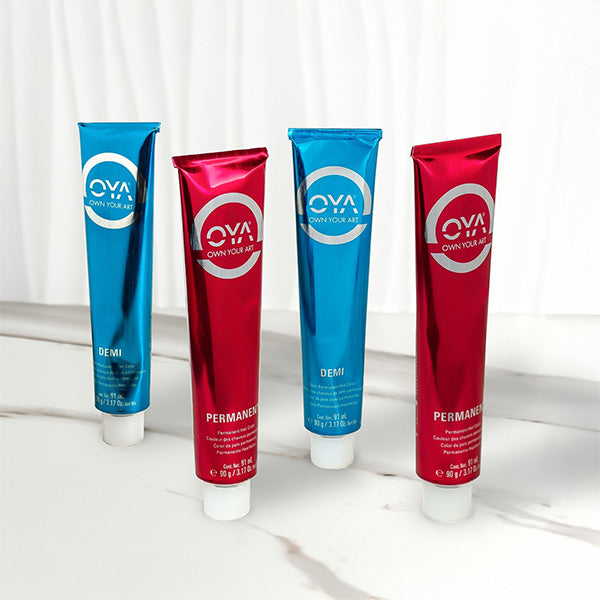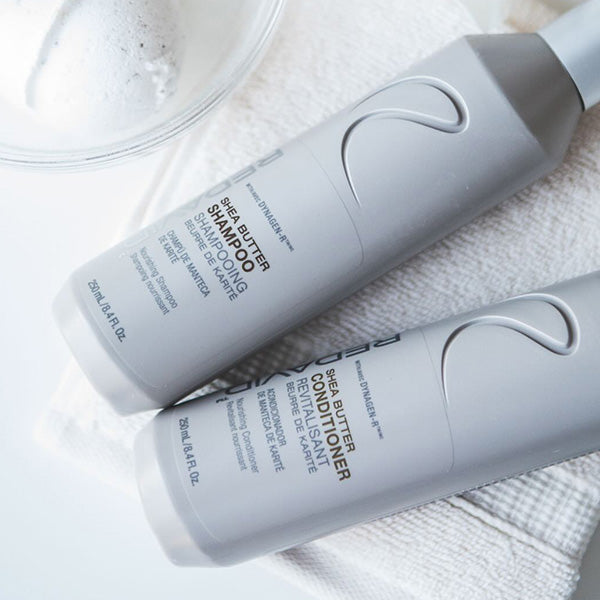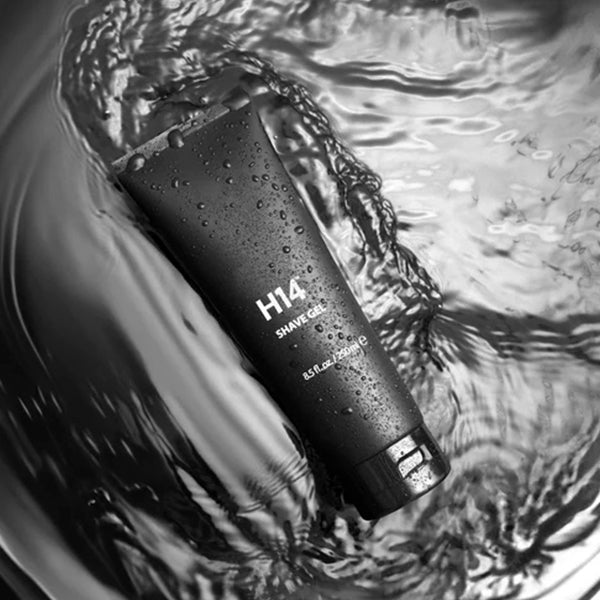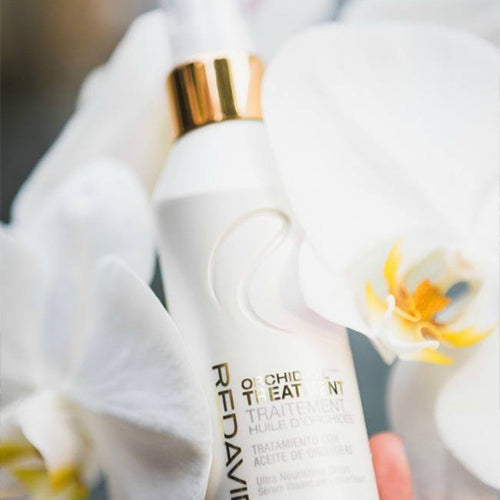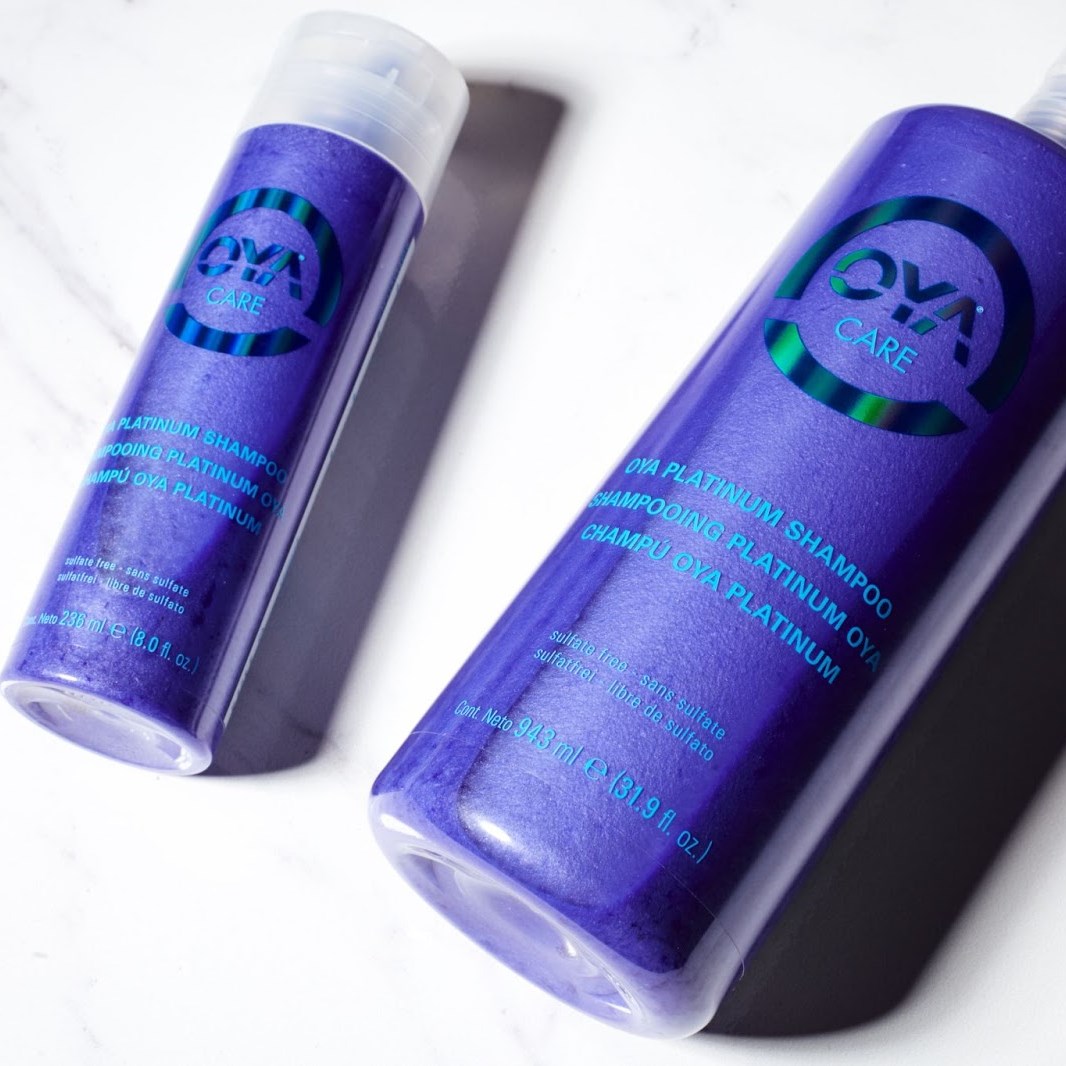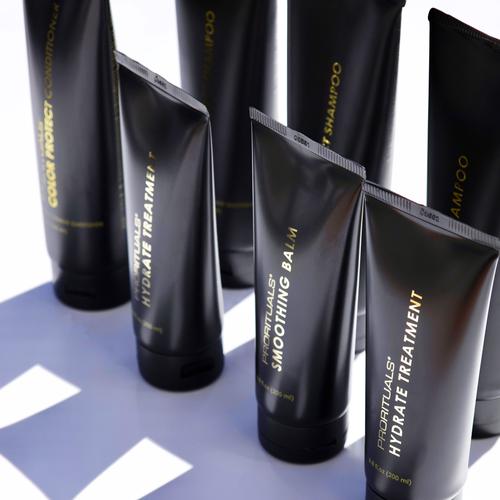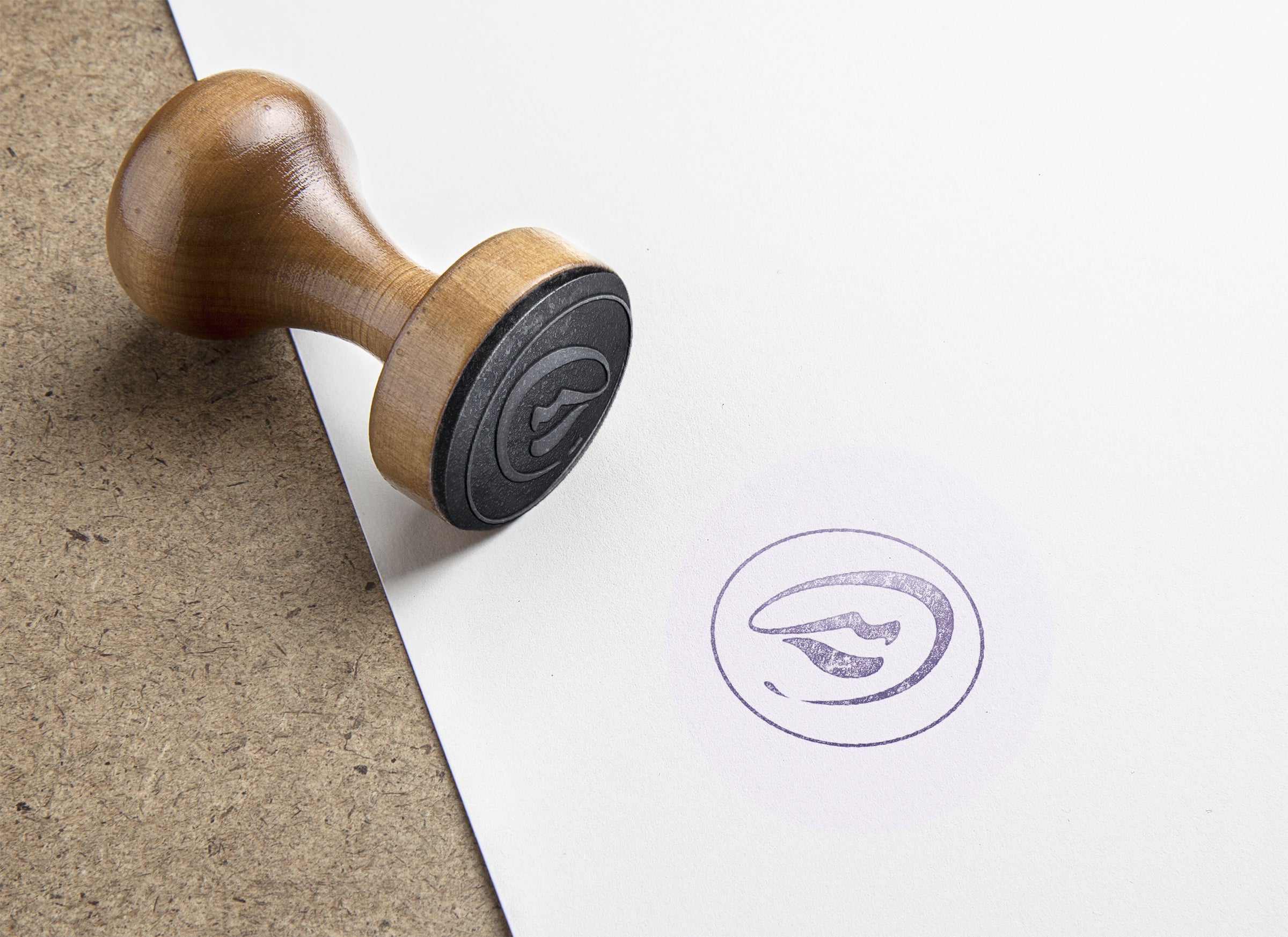Spotting Hair Health Red Flags During Consultations
A consultation is more than just discussing a client’s style preferences—it’s an opportunity for stylists to assess the overall health of the hair and scalp. By identifying red flags during this initial conversation, stylists can not only tailor their services to meet the client’s needs but also provide invaluable guidance on how to address underlying issues. Here’s what to look for and how to approach these concerns with professionalism and care.

Excessive Hair Breakage
Hair that snaps easily when handled is a clear sign of damage, often caused by overuse of heat styling tools, chemical treatments, or poor nutrition. During the consultation, gently run your fingers through sections of the hair to check for uneven textures, split ends, and brittleness. If breakage is apparent, suggest strengthening treatments like bond repair systems or protein-rich masks, and educate the client on reducing heat usage and protecting their hair.
Dryness and Dullness
Dull, lifeless hair with a rough texture can indicate a lack of hydration or product buildup. Ask the client about their haircare routine, paying close attention to the frequency of washing and the products they use. Recommending a clarifying treatment to remove buildup, followed by a deep-conditioning service, can help restore shine and smoothness.
Thinning or Excessive Shedding
While some shedding is normal, excessive hair loss can be a symptom of stress, hormonal imbalances, or medical conditions like alopecia. Look for visible thinning at the crown or temples, widening parts, or excessive hair left on the brush or cape. Approach the topic delicately, suggesting solutions such as scalp treatments to promote growth or recommending a dermatologist if the issue seems severe.
Scalp Issues
The scalp is the foundation of healthy hair, and problems like flaking, redness, or oiliness often go unnoticed by clients. During the consultation, part the hair in a few areas to inspect the scalp. Flakes may indicate dandruff or dryness, while redness or irritation can suggest sensitivity or an allergic reaction. Recommend gentle scalp care products and treatments that address these issues, ensuring the client understands the importance of maintaining scalp health.
Uneven Porosity
Hair porosity affects how it absorbs and retains moisture, which is crucial for successful coloring and styling. Uneven porosity, often caused by damage, can lead to patchy color or difficulty holding style. Perform a quick porosity test by sliding your fingers down a strand of hair—if it feels bumpy, the cuticle may be raised and damaged. Recommend treatments to smooth the cuticle, like keratin masks or leave-in conditioners, before proceeding with color or chemical services.
Unexplained Changes in Hair Condition
If a client mentions sudden changes in their hair’s texture, volume, or health, it could be linked to lifestyle factors like diet, stress, or medications. Politely ask questions to understand the potential cause without prying. Offering professional advice or suggesting they consult with a doctor can show you care about their well-being beyond their hair.
Over-Processed Hair
Clients with over-bleached or chemically treated hair often struggle with extreme dryness, split ends, and breakage. Recognizing these signs during the consultation allows you to guide the client toward restorative treatments and set realistic expectations for further services. Recommend alternatives like glosses or semi-permanent color to minimize additional damage.
Approaching Concerns with Care
Bringing up hair health issues can be sensitive, so always frame your observations positively. Instead of saying, “Your hair is very damaged,” try, “I’m noticing some areas that could benefit from extra hydration and care—here’s what I’d recommend.” This keeps the conversation constructive and positions you as a supportive expert.
The Professional Advantage
Spotting and addressing red flags during consultations not only improves client outcomes but also demonstrates your expertise and attentiveness. By offering tailored solutions and educating clients on maintaining their hair health, you strengthen trust and loyalty, ensuring they view you as a partner in their haircare journey. Remember, healthy hair is the best canvas for any style, and your guidance can make all the difference.


